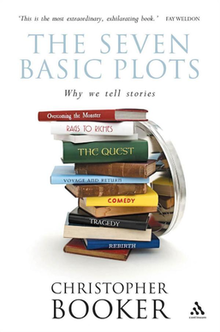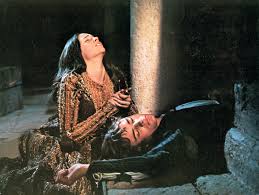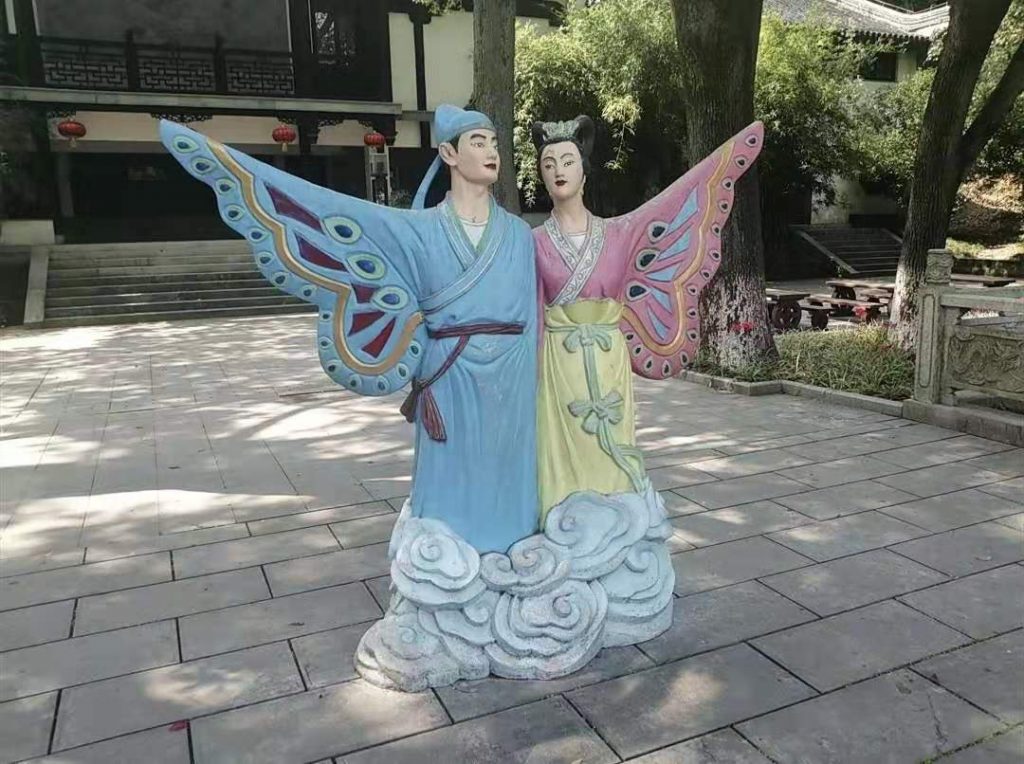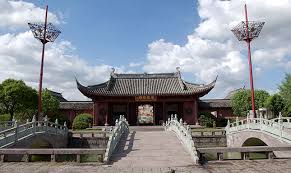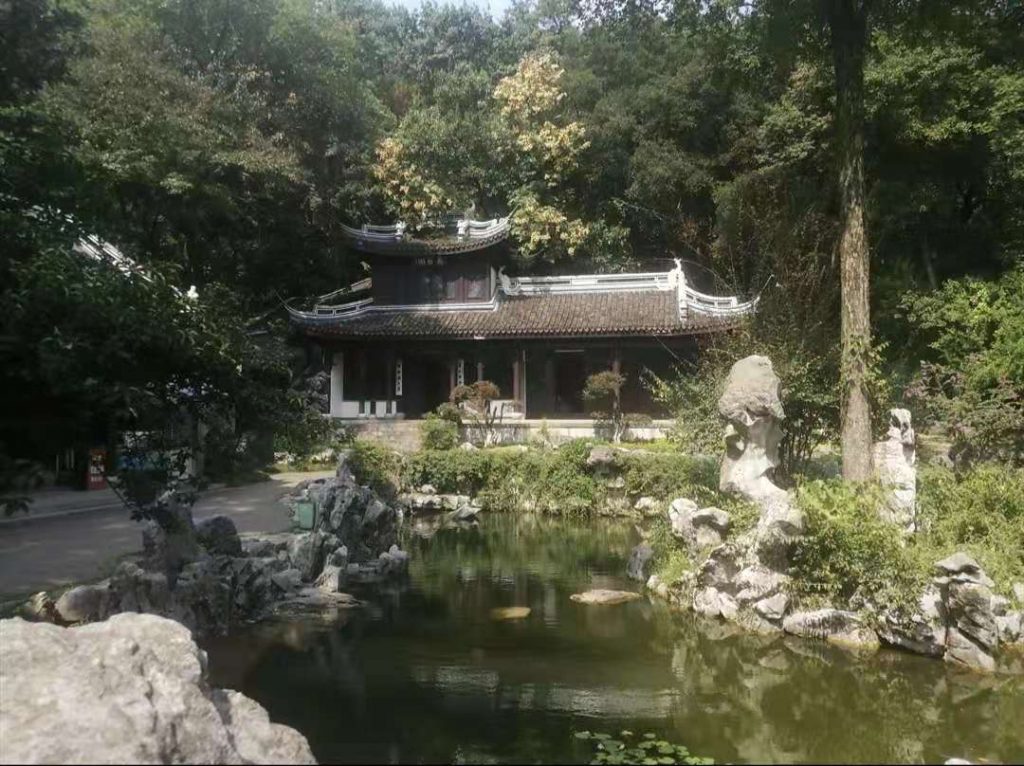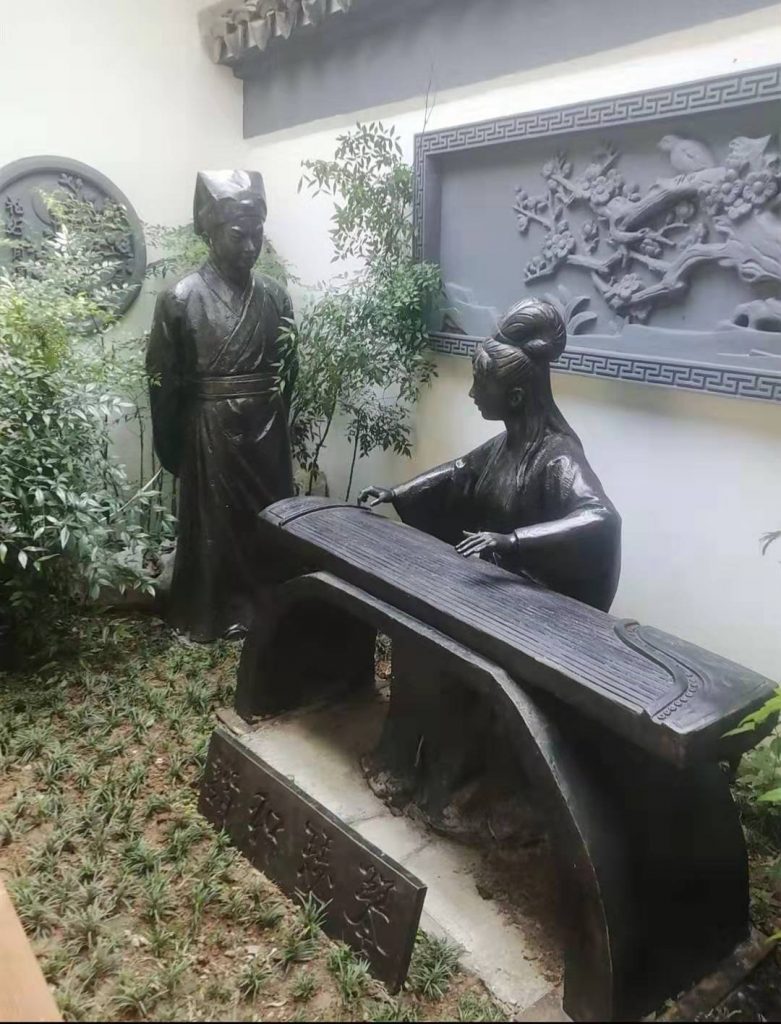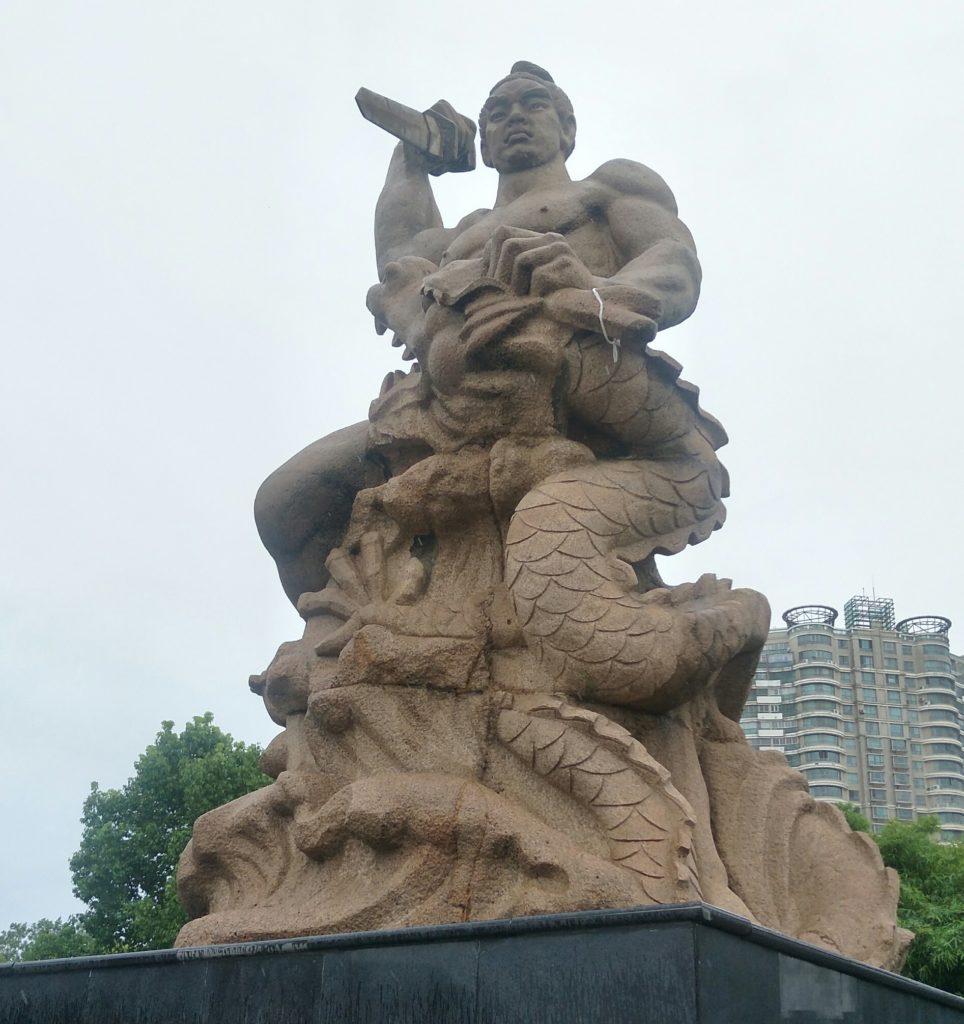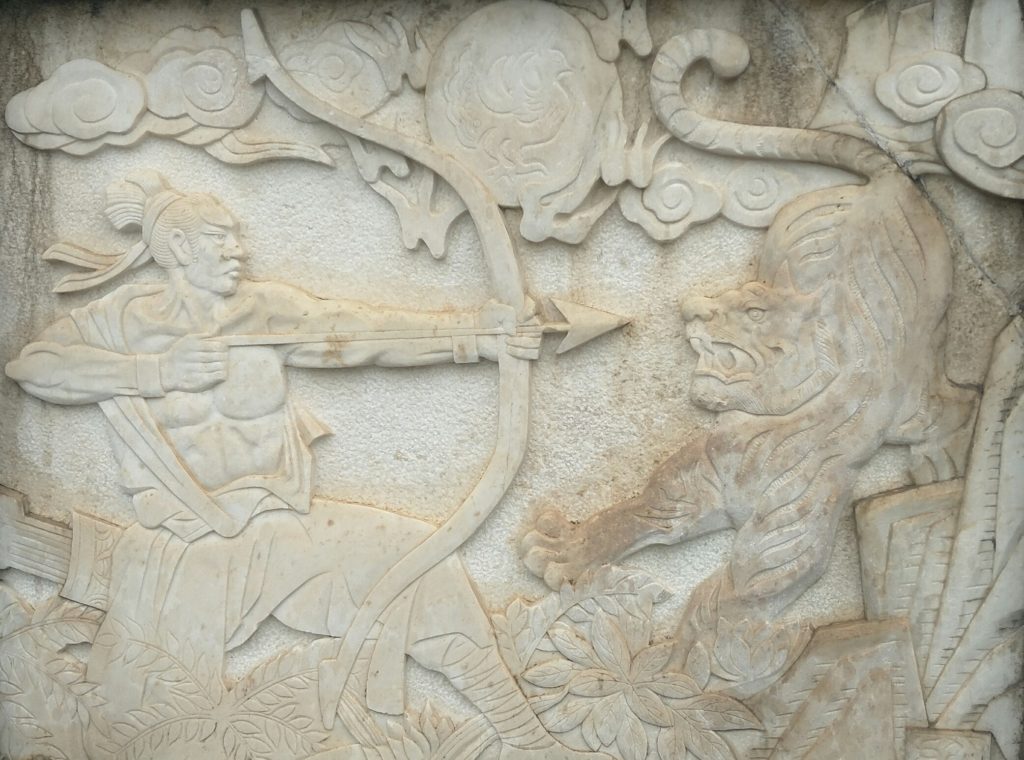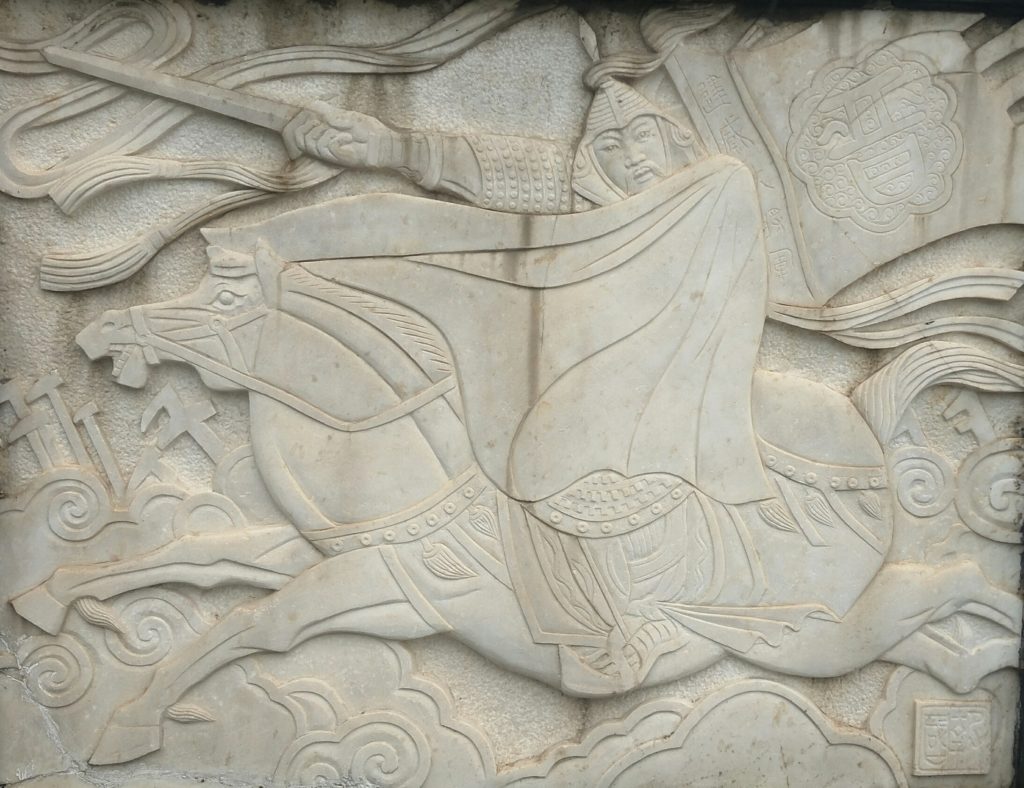
Extremely large and highly specialized markets are nothing new in China. There are some, however, that are just surreal, and 江苏省华东石材市场 jiāngsū shěng huádōng shícái shìchǎng, aka the Jiangsu East China Stone Market certainly fits the “surreal” description.

This is located in Yixing (Wuxi prefecture), but it’s essentially just over the city line with southern Changzhou. I first found this place years ago when I first took a bus to Yixing. However, since I was on an intercity express coach, there was never any chance to get off and walk around. Over the years, every time I bussed it to Yixing, I passed this place and my desire to explore grew more and more. Once I got my Chinese driver’s license, this stone market was in the top three of places I wanted to go. So, the question here is: why?
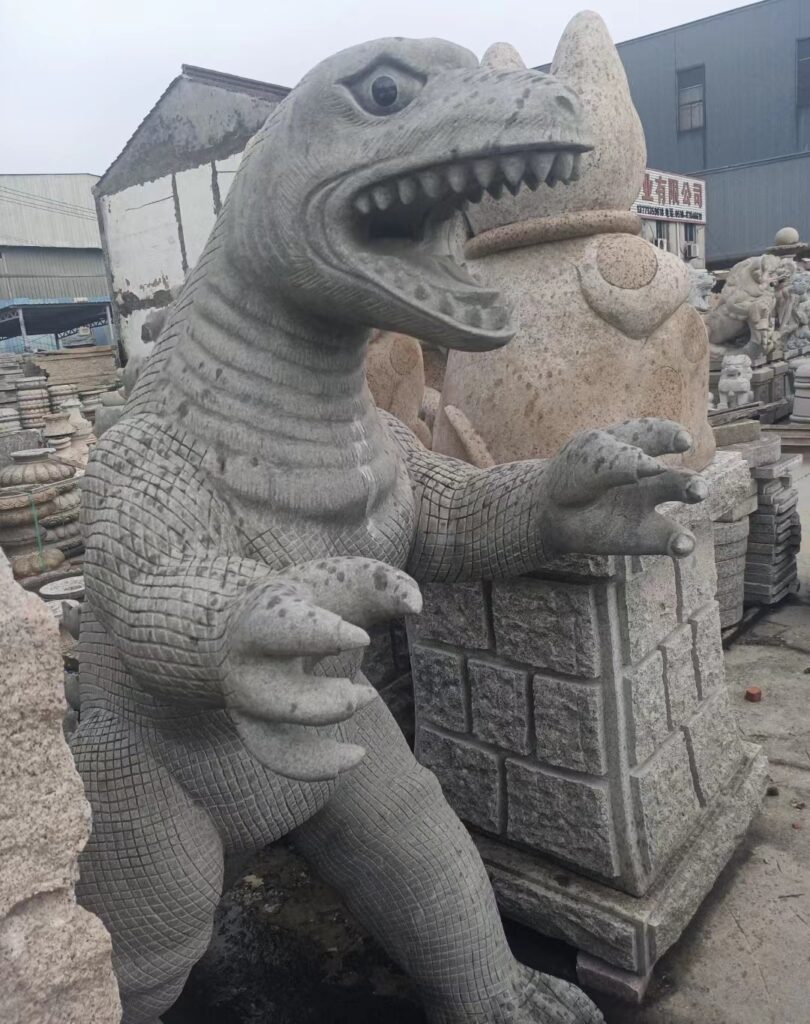
Nearly 80% of the area sells stuff like industrial marble slabs, but the more interesting stuff is along the road. That’s where the statues for sale are located. As somebody who loves art, I knew this area would be a fundamentally fun experience.
Museum and gallery exhibits are curated. Somebody has had a hand in selecting what goes where and next to what. That is not the same as a purely retail experience where there is absolutely no thought in how stuff is displayed. This can lead to purely chaotic, haphazard, and unintended juxtapositions.
For those who who may not know the term, a juxtaposition is a type of metaphorical comparison. Two things of unlike nature are placed together for contrasting effect. Think of editorial decisions involving newspaper layouts. One headline screams “Evangelical Pastor Pubically Cries While Admitting Hooker Addiction.” The story next to it is titled “Hurricane Floods Sends Hog Waste into Drinking Water.” One could accuse me of being sarcastic, but I actually saw this once when I lived in North Carolina. Trust me, the decision to put the stories next to each other is not an accident.
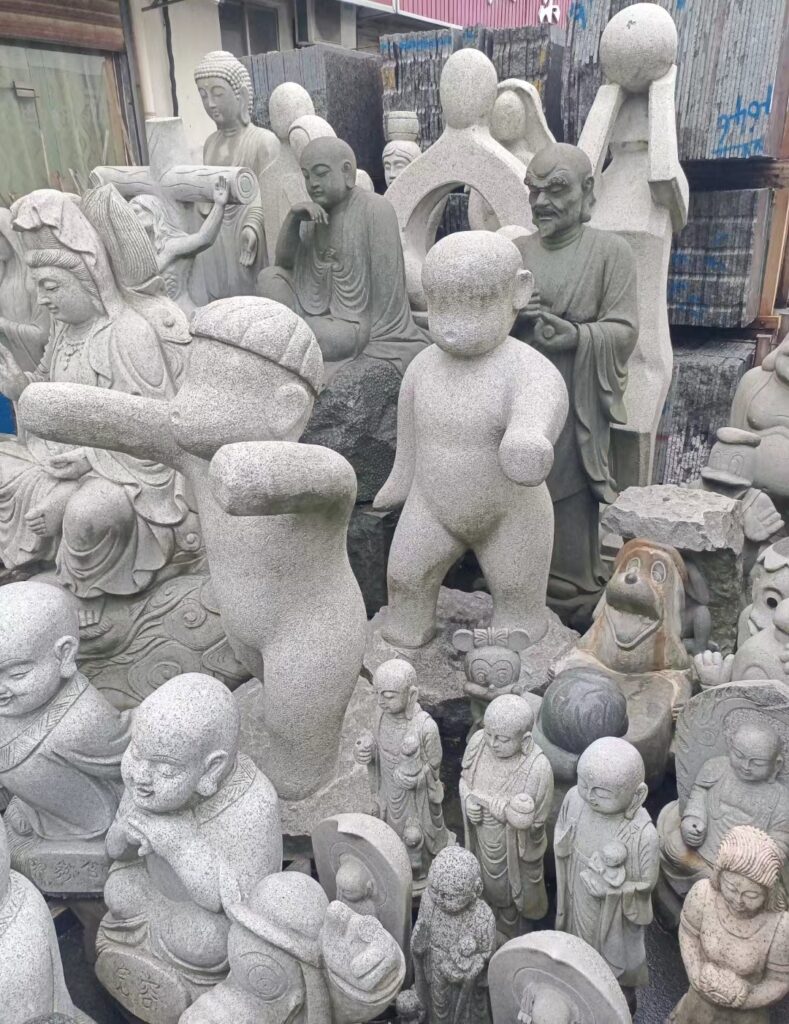
The wonder of wandering around a place like this, with a camera or a mobile phone, are the dramatic pairings that one can find.
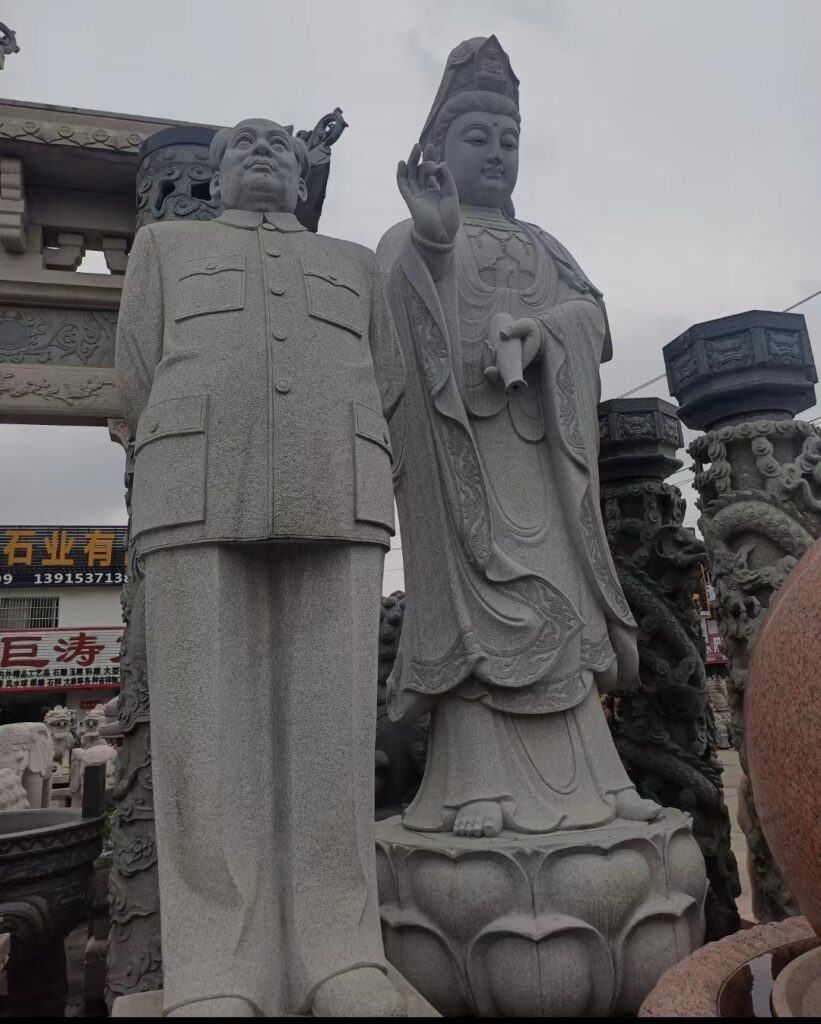
Like Mao Zedong and Guanyin, the goddess of mercy.
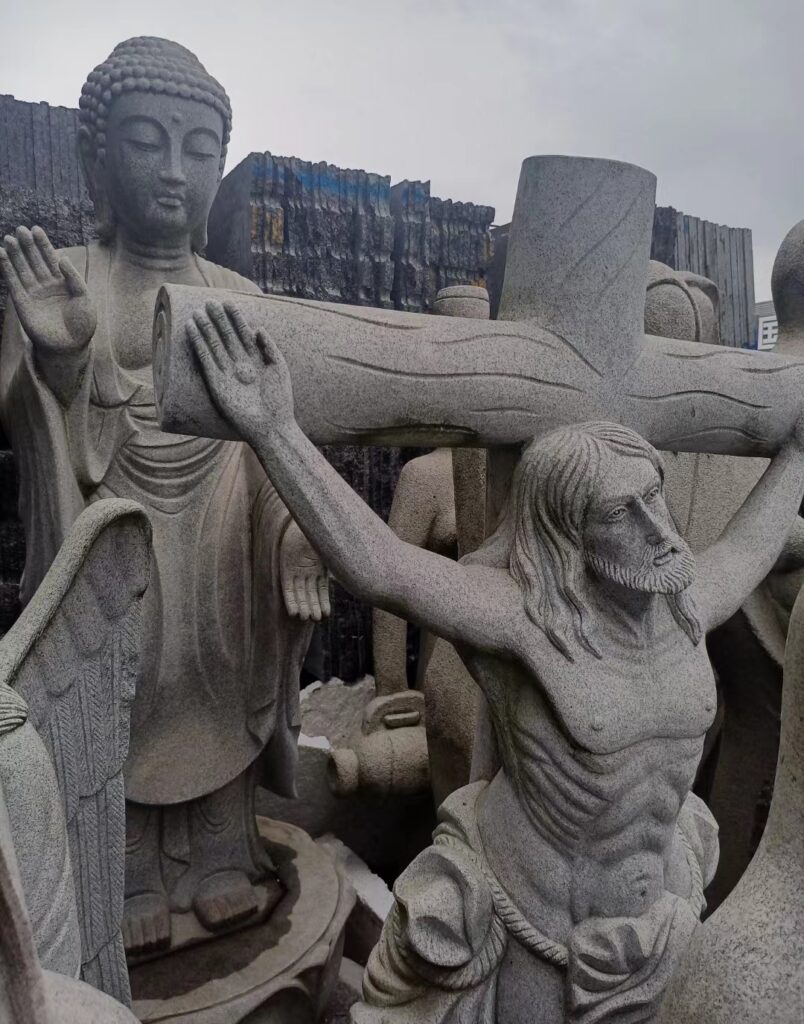
Here, a crucified Jesus is hanging out with Buddha. Is one blessing the other?
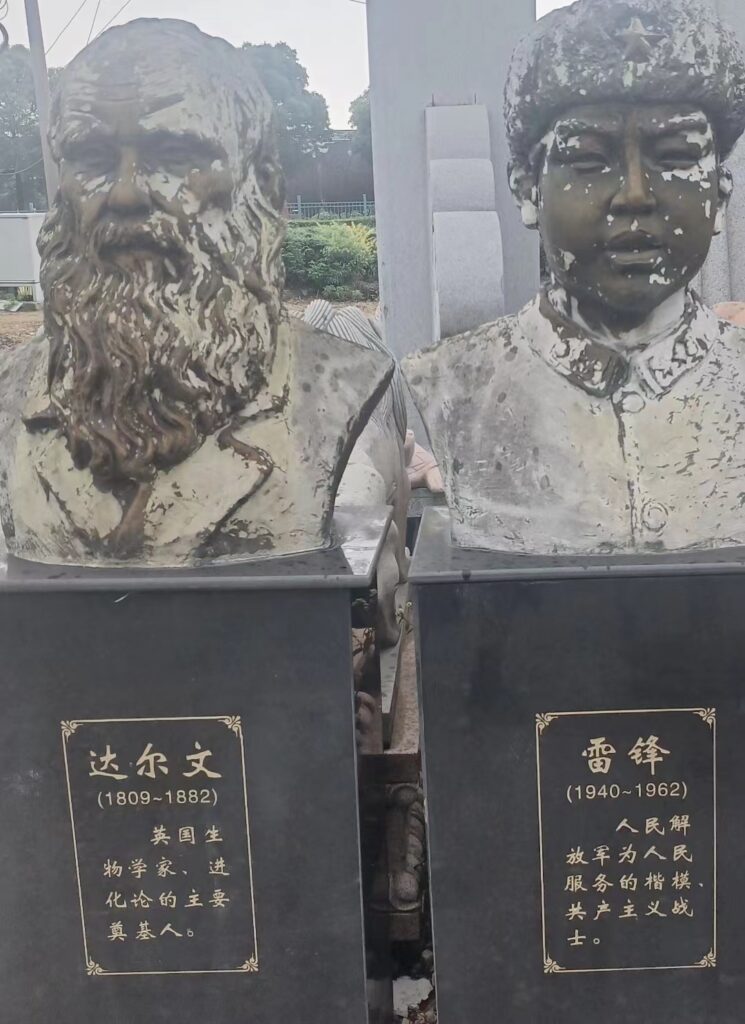
Here there is Charles Darwin, who postulated the theory of evolution and survival of the fittest. His neighbor is CPC model worker and folk hero Lei Feng — who died in 1962 when a telephone pole accidentally fell on him.
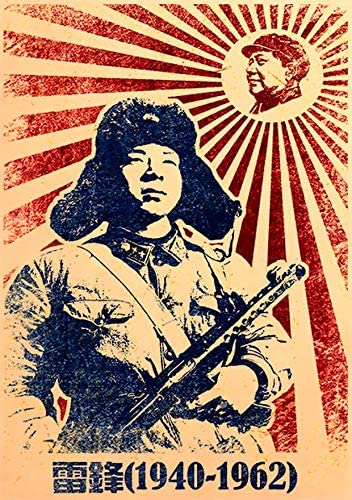
As wild as a juxtaposition that would be, it wasn’t the silliest. That would be Guanyin flanked by demonic versions of Mickey and Minney Mouse.
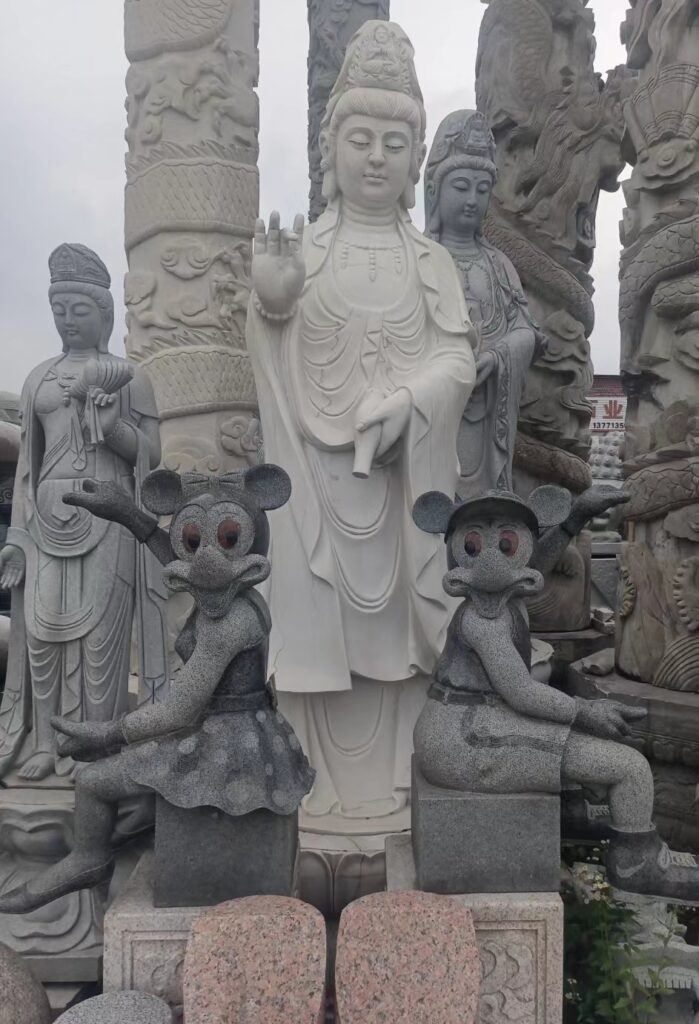
This is one that I just can’t unpack. I prefer the mystery of it.

